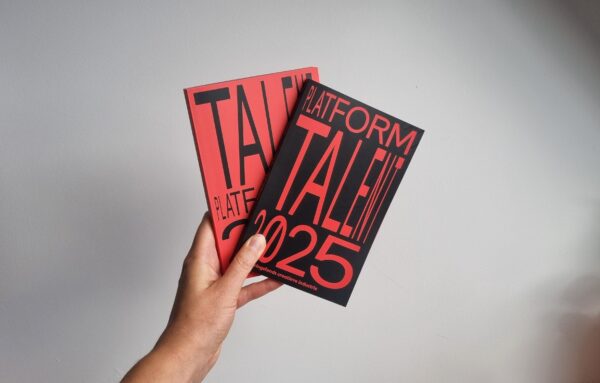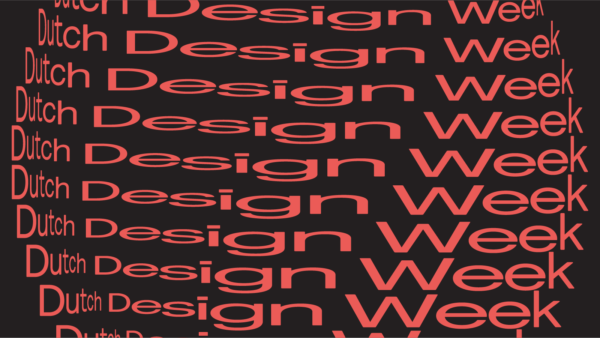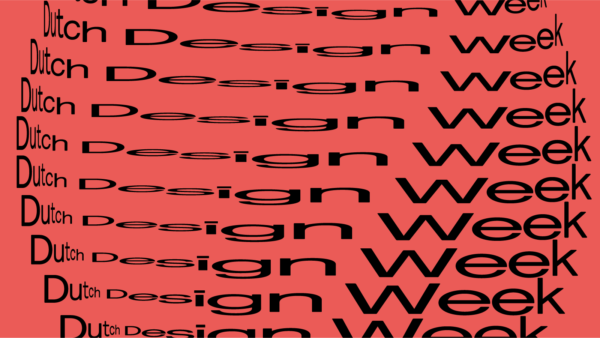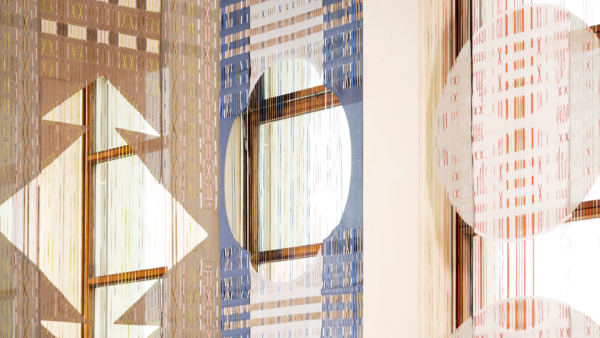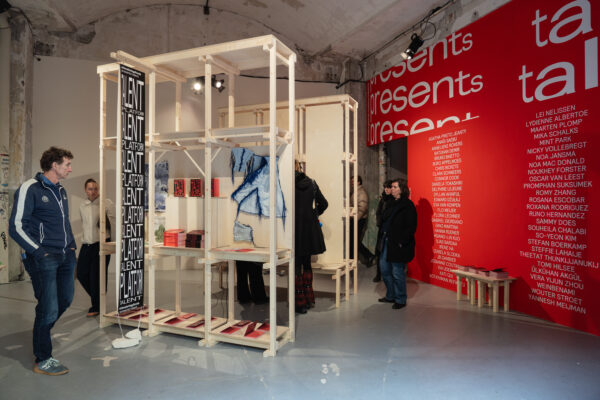

How designer Gabriel Fontana utilises sport to redefine society
From a graduation project at the Design Academy Eindhoven to an exhibition at the Architecture Biennale Venice, Gabriel Fontana’s journey illustrates how experimental, interdisciplinary design can grow into an internationally recognised practice. In seven years, he has developed from a student into an established designer pushing the boundaries of his field.
8 July 2025
Sport as a design system
Who can participate? Which team do you belong to? Who gets the ball? In designer Gabriel Fontana’s practice, sport is a metaphor for society. By reshaping sport, Fontana is stimulating ideas about inclusion, identity and community. ‘I use sport as a universal language that appeals to people in different ways. This enables us to rethink group dynamics and solidarity,’ says Fontana.
Already during his studies at the Design Academy Eindhoven, this vision played a central role. He further developed his graduation project Multiform, where players switch teams throughout the game by changing their kit, with subsidy from the Design Grant Scheme (2019). Alongside other designers, he involved schools and neighbourhood cooperatives in the process.
Al tijdens zijn opleiding aan de Design Academy Eindhoven stond deze visie centraal. Zijn afstudeerproject Multiform, waarin spelers gedurende het spel telkens van team wisselen door veranderende tenues, werkte hij verder uit met subsidie vanuit de Regeling Vormgeving (2019). Naast andere ontwerpers betrok hij scholen en wijkcoöperaties bij dit proces.

Moving between disciplines
The Multiform project demonstrated the need for methods that promote inclusivity in PE lessons (and sport in general). So, during the Talent Development programme (2021), Fontana also focused on how queer pedagogy can be integrated into design, and surrounded himself with several mentors. ‘With help from my mentors, I was able to re-evaluate the positioning of my practice,’ Fontana reflects. To achieve the most inclusive sport design possible, he now positions himself at the intersection of different disciplines – ranging from product and spatial design to scenography and sport. ‘When we look at sport, we see a system of objects that interact with each other, such as a ball, kit and rules of the game. They all come together in, for instance, a sports field or a playground, which we can think of as architectural space,’ Fontana explains. By playing with these design elements, he breaks through traditional norms of design, sport and also society. This interdisciplinary approach to design – redesigning not only objects but also space, rules and processes – illustrates Fontana’s innovative perspective on the professional field.
When we look at sport, we see a system of objects that interact with each other, such as a ball, kit and rules of the game. They all come together in, for instance, a sports field or a playground, which we can think of as architectural space.
Global recognition
Soon after his development year in 2021, Fontana’s practice found international resonance. With support from International Vouchers, he gave presentations on his approach at New York University (2023) and during What Design Can Do in Mexico (2024). His games have been played in schools worldwide, at the 2024 Olympics and at Nike headquarters. His work has also been shown at renowned museums such as the Museum of Modern Art in New York, MAC/VAL in Paris and W139 in Amsterdam. From May to November 2025, Fontana is presenting Sidelined in the Dutch Pavilion at the Venice Architecture Biennale.
Sidelined in Venice
At the invitation of the Nieuwe Instituut and in collaboration with curator Amanda Pinatih, a quirky sports bar entitled Sidelined was created in Venice. Visitors are introduced to games such as Anonymous Allyship and Fluid Field via large screens. In Anonymous Allyship, participants are given a secret team structure that only becomes clear during the game – an experience of ‘belonging’ and ‘not belonging’, and in Fluid Field, the playing field is subject to change. This tests the players’ ability to adapt to new situations.

The Dutch Pavilion at the Venice Architecture Biennale – the most prestigious international platform for architecture with 285,000 visitors during the previous edition – marks a high point in Fontana’s young career. ‘Gabriel challenges us to look at design differently,’ says curator Amanda Pinatih. ‘It is not only about functional objects, but also about the rules and processes we have designed around us.’
By changing the rules of the game, Fontana shows new possibilities for living together – worlds that go beyond binary thinking and where everyone can participate. As a result, sport becomes much more than a game; it is a design tool to redefine society itself.
